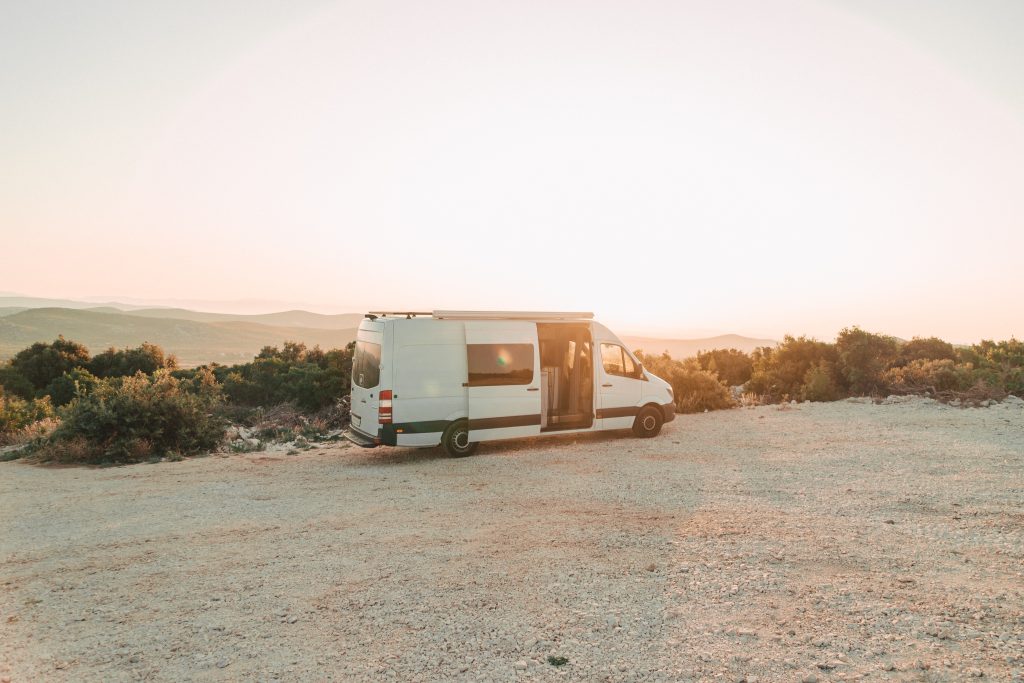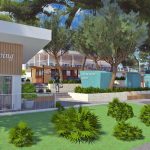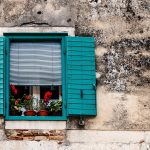August the 29th, 2023 – The Croatian glamping sector, which gives camping a lick of paint in the form of luxury, is doing excellently.
As Poslovni Dnevnik/Marija Crnjak writes, camping, and especially the Croatian glamping sector as its luxury version, has become the most profitable and most rewarding sector in all of Croatian tourism. It experienced significant growth even during the years dominated by the global coronavirus pandemic. In the coming years, it will be even more attractive for investors, after the laws on maritime property and tourist land have been finally defined.
Weather conditions dominate Croatian glamping and camping
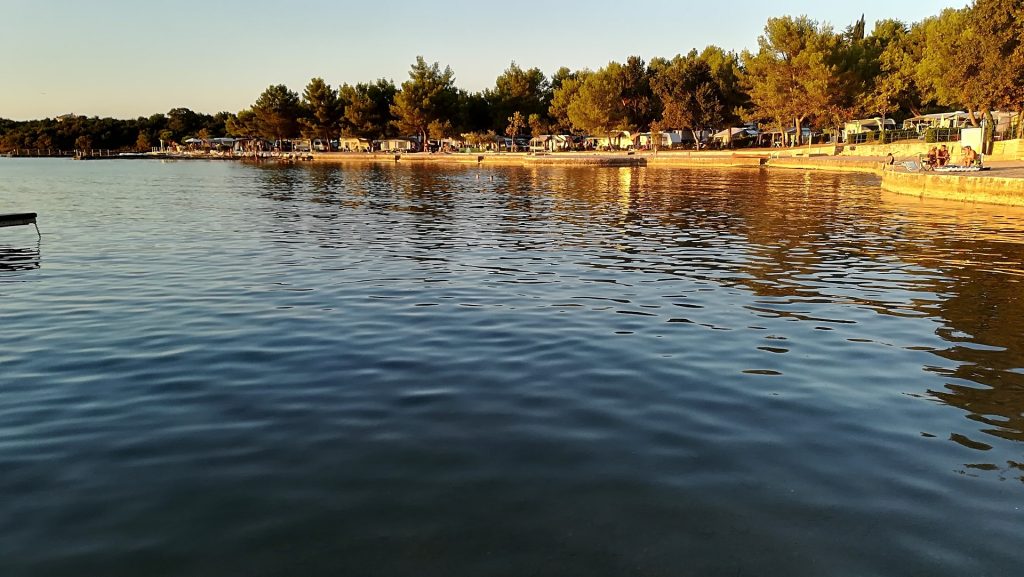
Admittedly, this is also the segment of Croatian tourism that is most sensitive to weather conditions, which has been proving to be particularly challenging during the stormy weather that hit Croatia so far this summer. For this reason, investments must also be adapted to the increasingly visible climate changes, along with innovative solutions for cooling, more sustainable forms of energy, as well as smart solutions that today’s guests are looking for.
Croatian glamping stands out on the European scale
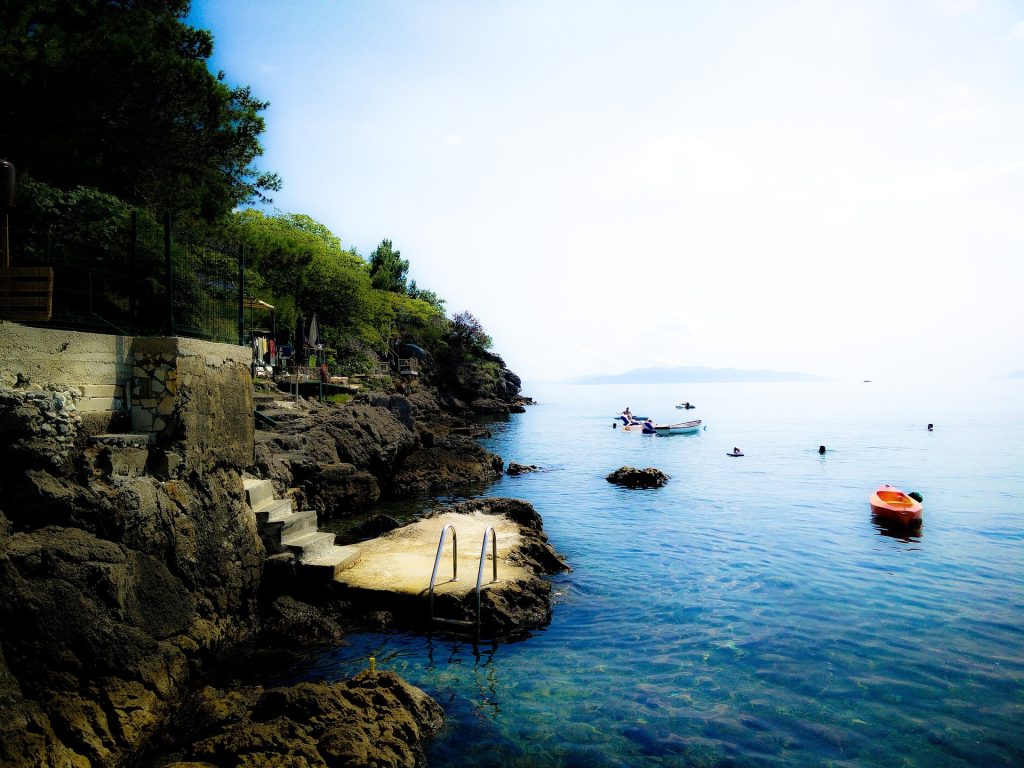
Based on the data we can see from last year – because the exact analytical data on capacity this year hasn’t yet been published – in Croatia, there’s currently 338 camps that are registered as legal entities, and 495 camps that are registered as households. Their total accommodation capacity amounts to 255,181 beds or about 24 percent of the tourist accommodation capacity at the national level, according to the Camping Association of Croatia (KUH).
The potential of the Croatian glamping and as such the camping sector is even greater than the aforementioned figures, especially now that the new law and regulations have finally defined the proper conditions. Compared to the pre-pandemic year of 2019, the capacity of the country’s camps increased by 1,540 beds. This means that the overall increase in capacities amounted to an almost negligible 0.6 percent. Given that only a few new small family facilities were opened during that period, it can be assumed that this increase is mostly related to the increase of accommodation zones within the existing facilities themselves, which until now weren’t listed as being in this function, according to the association.
Istria dominates

By county, by default, Istria County boasts the largest number of camping capacities, with 48 percent of the total camping capacity in all of Croatia, followed by Primorje-Gorski Kotar County with 18 percent and Zadar County with 14 percent. The continental counties cover only about two percent of the national camping accommodation capacities when lumped together. Partly due to legal restrictions, by far the most numerous accommodation offer when it comes to camps are pitches, of which there are around 68,550 together with campsites. They’re followed by the offer of accommodation in mobile homes, of which there are around 14,900, and in various Croatian glamping facilities, of which there are around 1,015.
KUH pointed out that in the last 10 to 15 years, Croatian camping has seen huge investments pumped into increasing the level of quality. “We can freely say that Croatia, which in the European camping context has made the most progress in the quality and level of what it offers over the last decade, has reached an enviable level of quality within the wider European framework. This is confirmed year after year by the German auto club ADAC, the authority for campsites, according to which Croatia is second in all of Europe in terms of the quality of its campsites. Today, we have as much as 47 percent of capacities filled in the 4* and 5* categories, which is probably a European record. The fact is that a mere decade ago, this figure stood at just 18 percent”, explained Adriano Palman, the director of KUH. He added that, in addition to the quality itself, the factors of success are also the extremely attractive and well-preserved natural locations where these camps are typically located, as well as the proximity of their broadcasting markets. Specifically, according to eVisitor data, seven camps in Croatia have 5 stars, 80 have 4 stars and with 121,000 beds, this is also the largest segment in the sector, 88 have three stars, and 96 camps operate under the categorisation of up to 2 stars.
Hotels also benefit
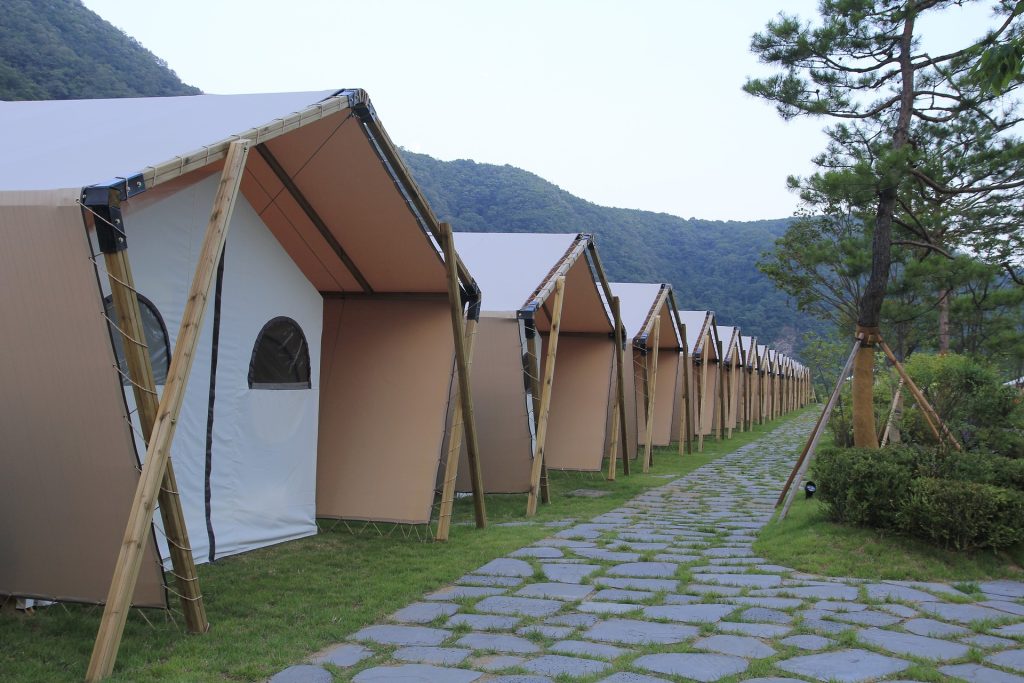
“When looking at this outside of the national context, it’s necessary to emphasise the fact that Croatia isn’t really a special exception in the results, because the popularity of camping exploded during the coronavirus pandemic throughout Europe. In almost all EU countries, record sales of recreational camping vehicles (campervans, motor homes and caravans) as well as tents were registered. On the other hand, camps in all relevant camping countries across Europe recorded growing and record numbers, from Denmark and Germany, all the way to the rest of the Mediterranean. We’re confident that this trend in the popularity of camping will continue over the next decade,” stated Palman.
Last year, Croatian camps achieved almost 21.2 million overnight stays, which is a 22 percent increase compared to the year before, but even more significant, an increase of even 10 percent compared to the record year of 2019. By the end of July this year, there were 18 percent more arrivals and 12 percent more overnight stays realised in camps than there were last year.
The largest number of camping beds in Croatia are located within tourist companies that also have hotels in their portfolio, such as Valamar Riviera, Maistra, Plava Laguna, Pula Arena, and Sunce hotels. Luxury camping, or glamping, is the most profitable segment of the Arena Hospitality Group, which opened the first complete Croatian glamping project – Arena One 99 Glamping, about a year ago.
“After the success of the aforementioned facility, we invested in the repositioning of the Arena Grand Kažela camp, which opened in 2020, in order to repurpose it for the needs of luxury markets. In 2022, we completed the first phase of the repositioning of the Arena Stoja camp. The aforementioned investment programmes achieved a significant increase in accommodation prices, meaning that the total income of these camps increased by 43 percent compared to 2019.
Camp Arena Grand Kažela achieved record revenues as a separate unit within the Group’s overall portfolio, where revenues and EBITDA increased by more than 60 percent compared to 2019, with a double-digit increase in the average price of accommodation. The revenues of the Arena One 99 Glamping camp increased by 30 percent compared to 2019. These three camps are among the most successful facilities in the Group’s entire portfolio. Therefore, we’re going to continue to explore further opportunities for the development of our luxury camps and for Croatian glamping,” they stated from the company.
Novelties this season
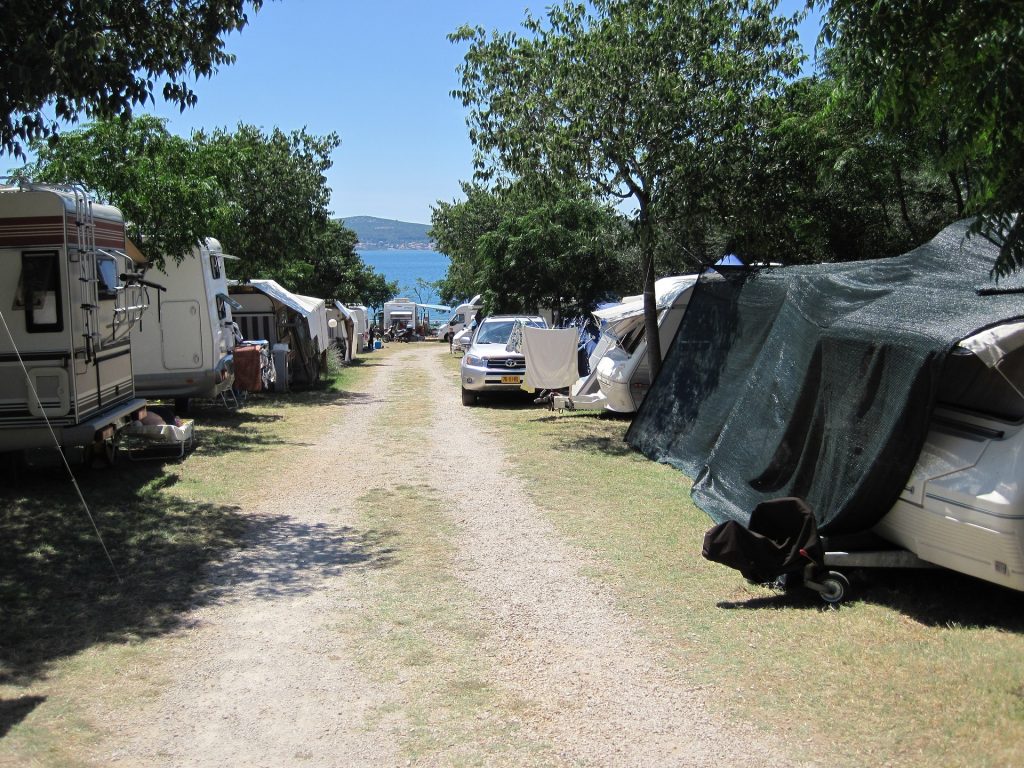
Camping guests across Croatia were welcomed by many new things this season, including one of the largest greenfield investments in campsites in the past decade. This is Aminess’s Avalona Camping Resort, which will welcome its first guests after the peak of the season in August 2023. This campsite on the island of Pag will be the first such facility with 5 stars on the island, but also the first in all of Croatia to offer guests campsites with private swimming pools.
In the Zadar region, one of the most awarded camps in Croatia, the Zaton Holiday Resort, has prepared a two-story complex spanning an impressive 4,000 m² that will become a new entertainment centre. It will also include an innovative science park, where children will be able to have fun with various interesting experiments.

